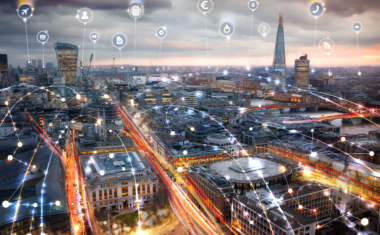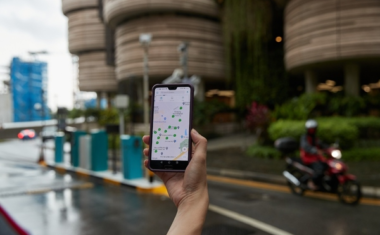FRED (Free Ride Everywhere Downtown)
- 6 min to read

San Diego, USA
About the city. San Diego was the first city to implement a free-ride model of urban transportation through a public-private partnership.
Goal
The aim of the project is to decrease the usage of private cars, freeing up parking and reducing congestion downtown, as well as solving the last-mile problem in public transportation.
Implementation period. The project was launched in 2016.
Fact
- The INRIX 2017 Global Traffic Scorecard ranks San Diego 45th out of 1,360 cities in 38 countries on its list of most congested cities in the world.
- According to the study, San Diegans spent 48 hours in peak traffic congestion in 2017. That means that 10% of San Diegans’ driving time in 2017 was spent in traffic.
Solutions
The FRED program, initially funded by $ 500,000 in revenue from downtown parking meters, includes five-seat, all-electric vehicles with a 35-mile-per-hour speed limit designed to expand existing transportation options with short trips within 8 downtown neighbourhoods. The initial launch includes 15 vehicles, but the fleet was expected to grow to 20 within the first year.
Users can request a pickup through a mobile app called The Free Ride. The shuttles are free to the public because of the dedicated funding from Civic San Diego, which operates a public parking area downtown and private sponsors. But Fred doesn’t rely only on government funding. Today, FRED’s total annual operating expenses are about $ 1.2 million, of which only about $ 760,000 is provided by Civic San Diego. FRED covers the rest of the operating costs through advertising placed on the vehicles.
FRED operates downtown daily from 7 a.m. to 9 p.m., with extended hours until midnight on Friday and Saturday.
Challenges
- The trips on a FRED cost more than twice as much as a trip on public transport. Every time someone boards a bus or light rail train operated by the Metropolitan Transit System, it costs about $ 2.71, according to the National Transit Database for 2016. MTS is an efficient system; the statewide cost per rider is close to $ 3.70. FRED’s cost per rider dwarfs these figures. Right now, every time someone boards on a FRED, it costs more than $ 6 per rider, based on budget and passenger information from the Civic San Diego.
- FRED is also facing one other issue. MTS may be forced to start regulating this service, as it does today with taxis. MTS has determined that FRED falls under its regulatory authority over low-speed vehicles. MTS informed Civic San Diego that it needs to pay the agency approximately $ 17,000 in registration fees for 20 vehicles, and in the future, it will have to spend another $ 12,000 annually on fees. The new regulatory oversight would also require every driver to be vetted and licensed by the Sheriff’s Department and attend MTS safety courses, and that FRED must purchase a minimum of $350,000 public liability insurance. City attorneys are currently determining whether they agree with the MTS interpretation of its regulatory body.
Team
City of San Diego in partnership with Civic San Diego and the Downtown San Diego Partnership.
Timeline
- With 22 vehicles downtown, an average wait is about 8 minutes, according to Civic San Diego (2019).
- At the beginning of 2018, the shuttle service was used by 12,500 people per month, on average. It closed the year with an average of 17,500 riders per month, marking 40% growth. At the same time, advertising revenue doubled from $220,000 in 2017 to $440,000 in 2018.
- FRED currently operates 22 all-electric vehicles (as of 2019).
If you notice an error or inaccuracy in our editorials, please email [email protected] so we can look into it.






